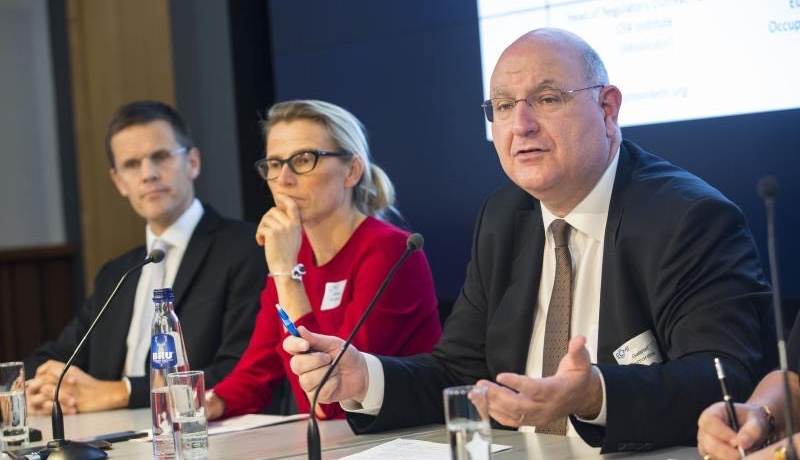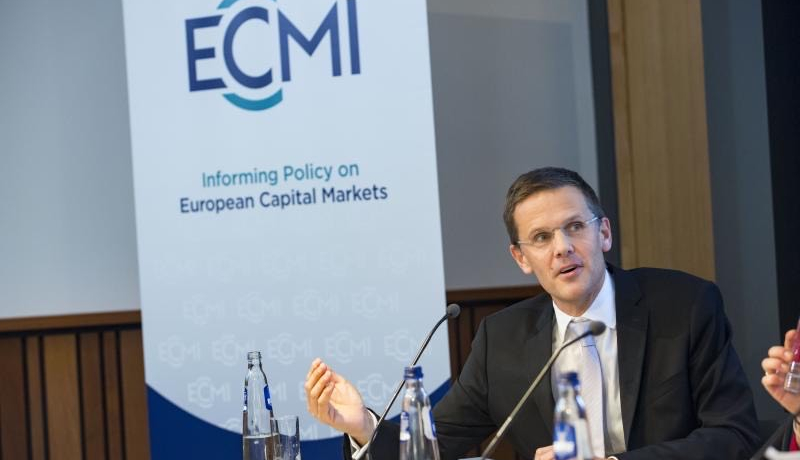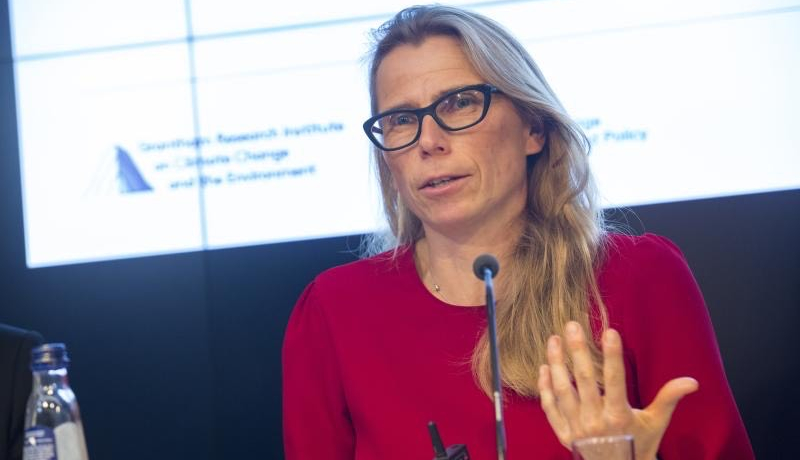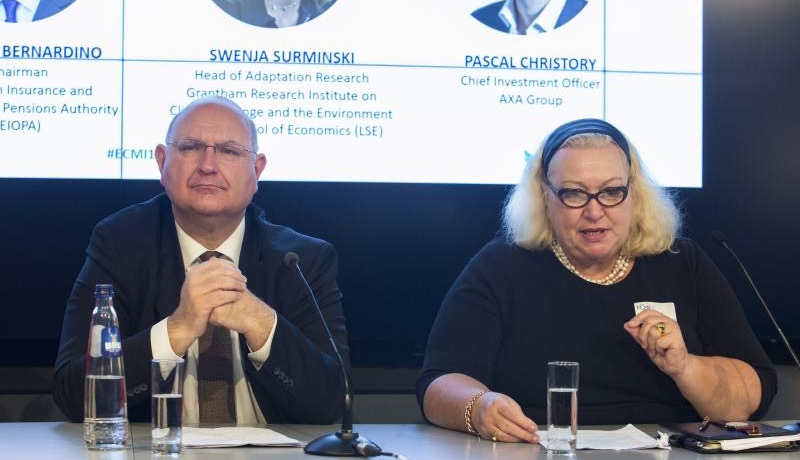In conversation with: Where next for sustainable insurance?
Risk related to climate change (transition, physical and liability risk) bring considerable challenges to the valuation of assets and liabilities, underwriting and investment decisions, risk assessment and management practices.
SPEAKERS
- Gabriel Bernardino, Chairman, European Insurance and Occupational Pensions Authority (EIOPA)
- Pascal Christory, Chief Investment Officer, AXA Group
- Swenja Surminski, Head of Adaptation Research, Grantham Research Institute on Climate Change and the Environment, LSE
Moderator: Josina Kamerling, Head of Regulatory Outreach EMEA, CFA Institute
COORDINATOR
Please do not hesitate to contact Cosmina Amariei by email at: [email protected] or by phone on +32 222 93 955.
SUMMARY
For Gabriel Bernardino (EIOPA), Solvency II remains a risk-based regime. Insurers can already move forward with the explicit ESG consideration in risk management, underwriting practices and investment decisions and be transparent about it. They are encouraged to fulfil their stewardship role. There is no evidence yet that justifies any tweaking of prudential requirements. Standardisation of data and methodologies on ESG will bring about more market efficiency. ‘Green washing’ needs to be avoided at all costs, as ensuring public trust is crucial. Also, transformations in the real economy can lead to more investable assets/projects. Insurers should also aim at improving the resilience of our societies, in particular addressing protection gaps in the areas of natural catastrophes, healthcare and pension provision.
Swenja Surminski (LSE) warned against diluting the term ‘sustainability’ and the danger of complacency. Climate dashboards showcase the urgent need for action. The current analytical framework looks at physical, transition and liability risks and their material implications. However, identifying, understanding and taking action is not always that straightforward for insurers, i.e. product lines and asset allocation. The industry needs to build trust, capacity and long-term solutions and make resilience an investable proposition. Insurers should be engaging more with their customers through better ESG-risk signalling as well as informing other sectors and governments about how to transition to more sustainable practices.
Pascal Christory (AXA Group) outlined the objective of mainstreaming the ESG analysis within the overall risk-return assessments. While there are investment targets in green assets, the group is also strongly favouring transition bonds, especially for those companies with a clear path towards sustainable business models. In general, it is much easier to divest than to restrict the insurance business. Making data disclosure mandatory for corporates and governments will allow insurers to set decent KPIs for the investment portfolio and illustrate more clearly to clients whether their expectations are met or not.
Josina Kamerling (CFA Institute) highlighted the strong demand for sustainable solutions and that the financial industry has an opportunity to rethink engagement with their customers, in particular aiming for a more holistic, transparent way that accounts for different circumstances and preferences across their lifetime. With respect to inclusiveness, she called for the creation of a Young Consumer Group by the ESAs in order to give a real voice at the table to younger generations.




